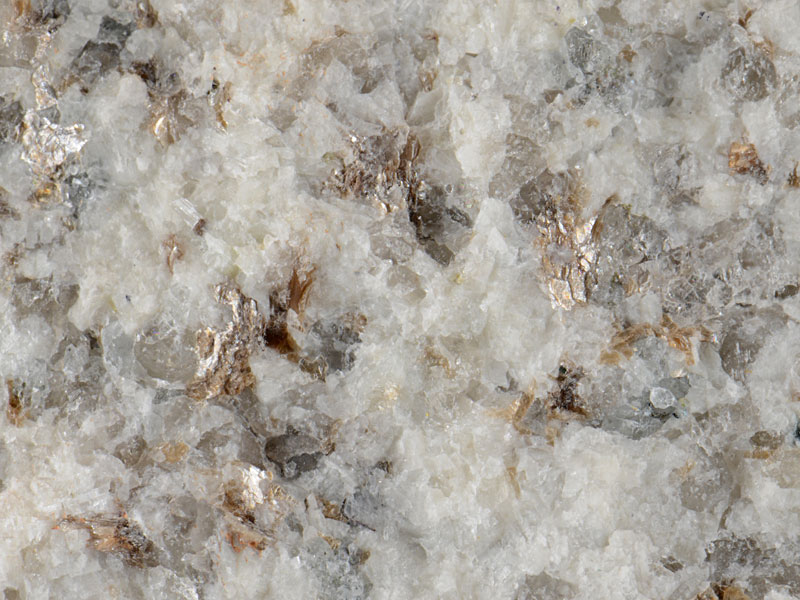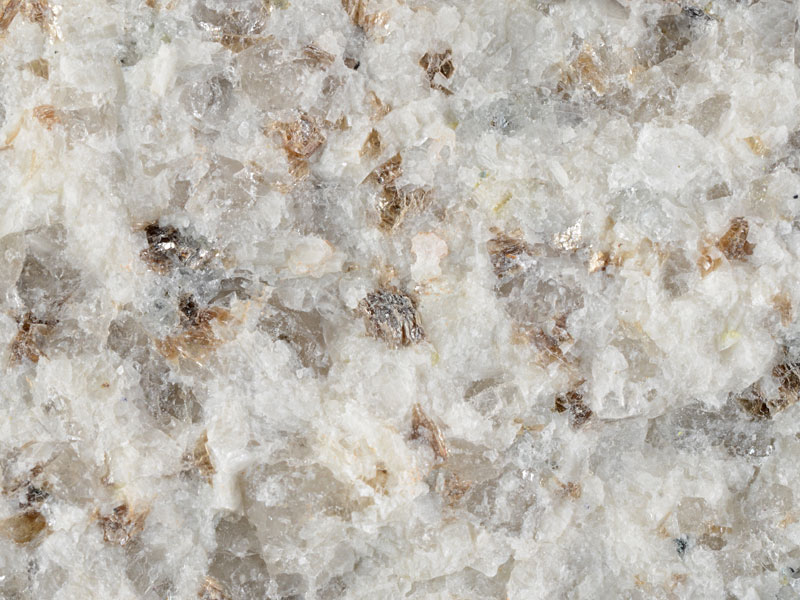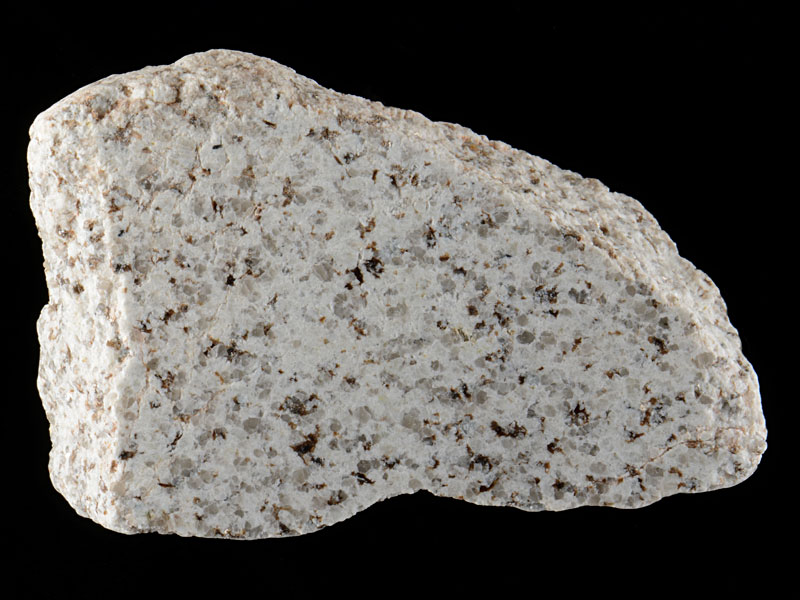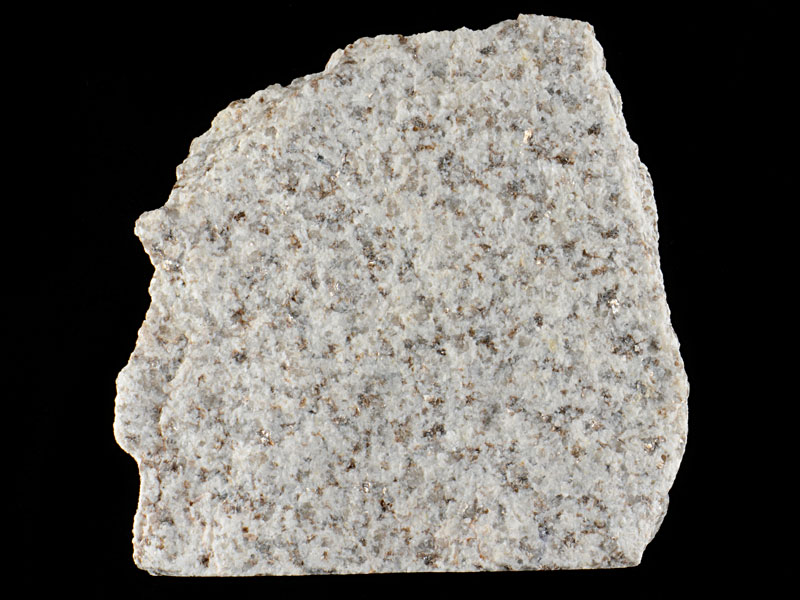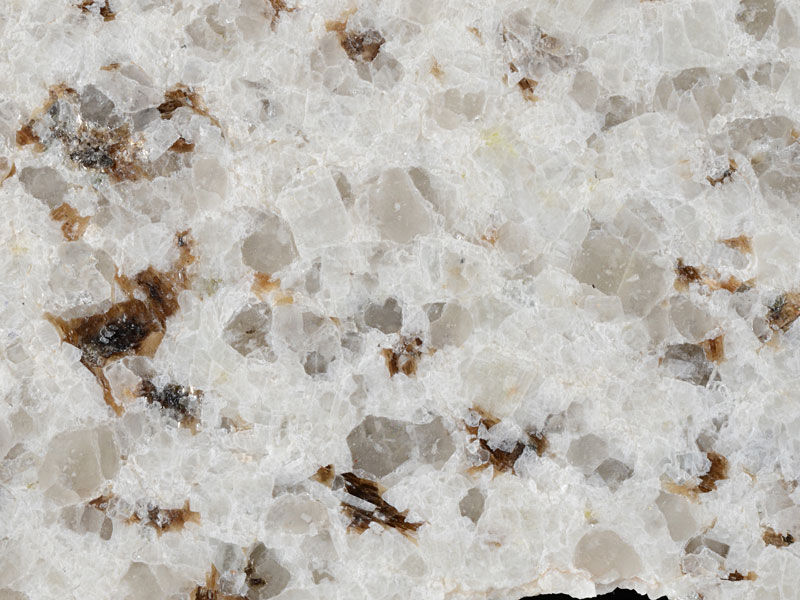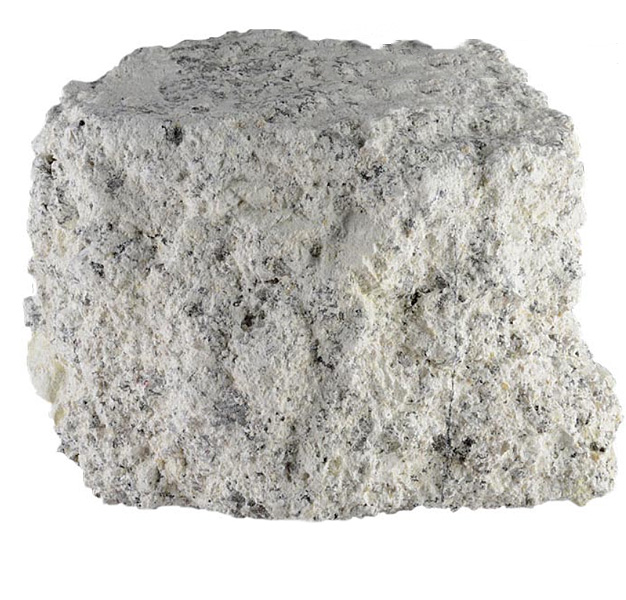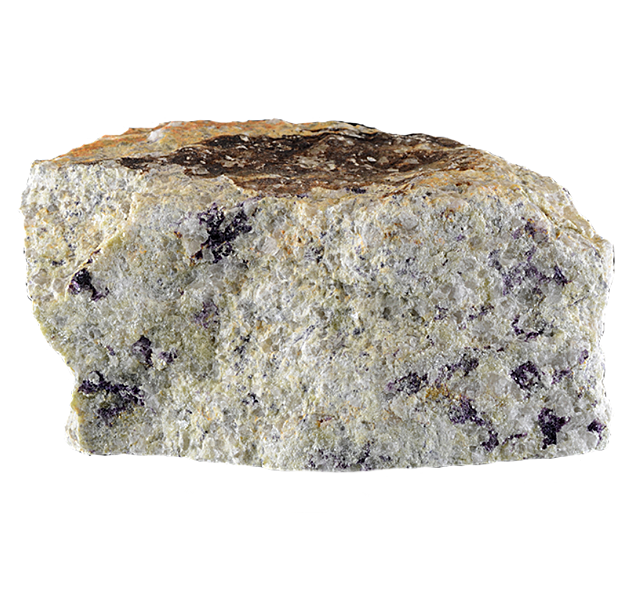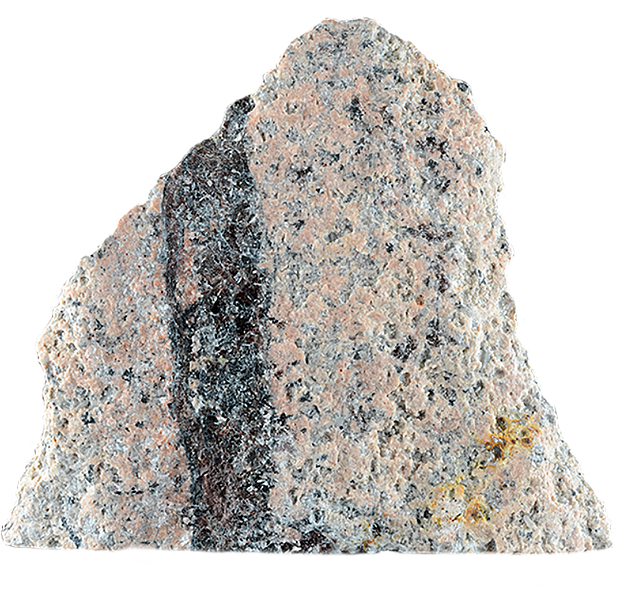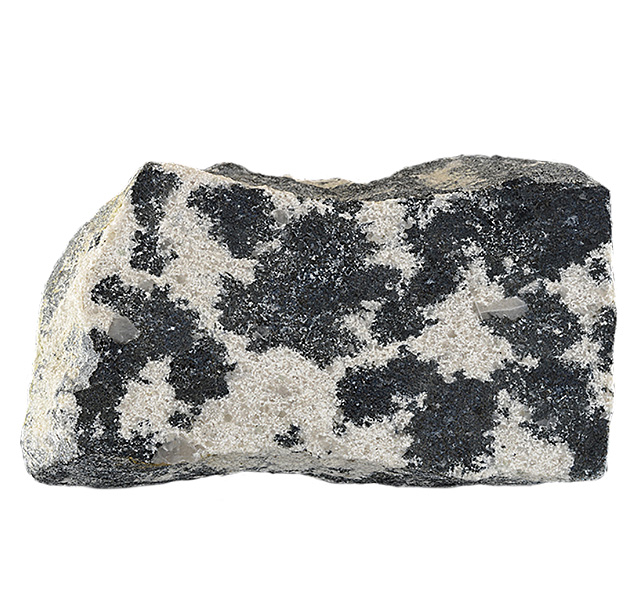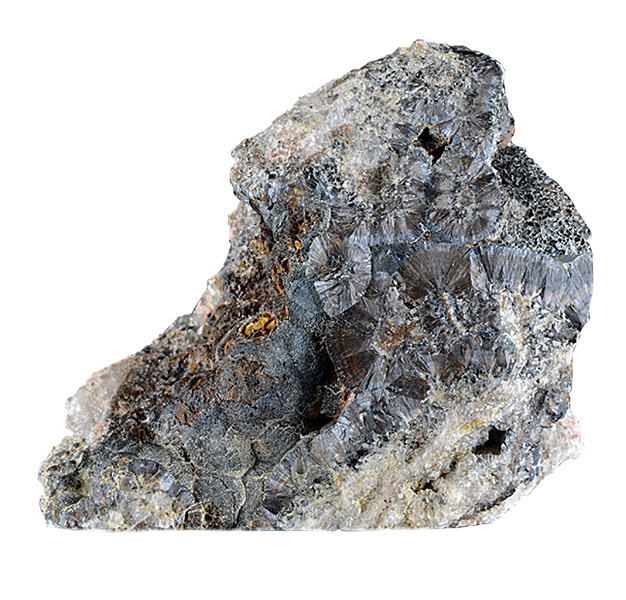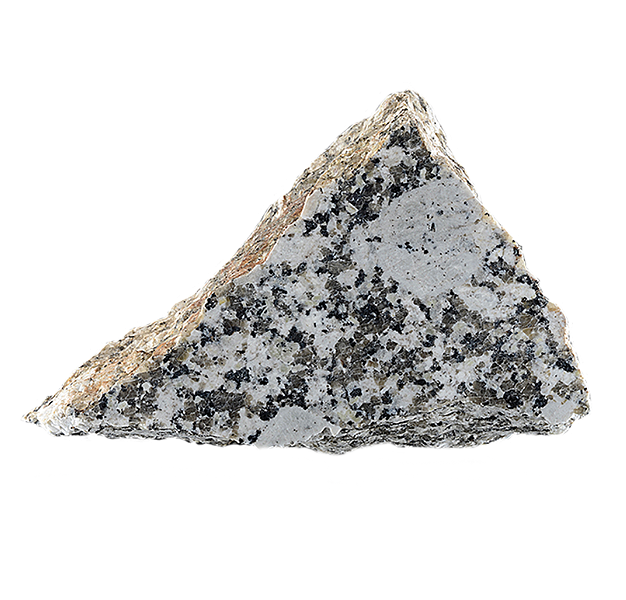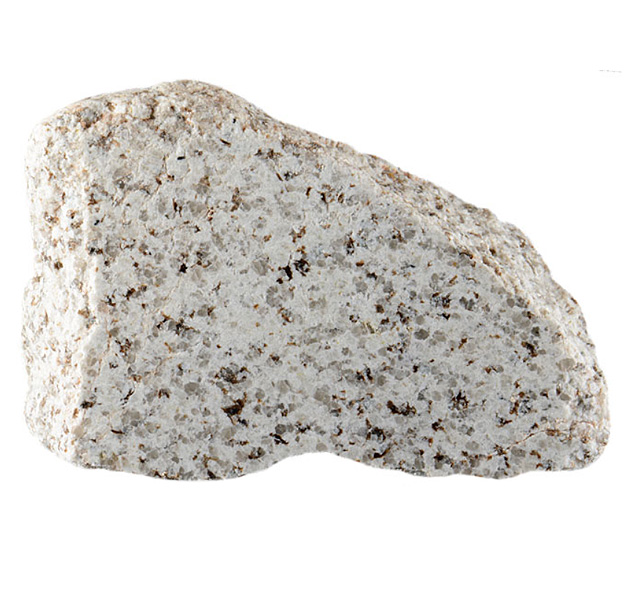
Fact sheet
This sample is from the most evolved part of the St Austell granite complex. It is enriched in both lithium (Li-mica) and fluorine (topaz). Considering that this sample was collected in a working china clay pit the feldspars are remarkably unaltered.
Rotation 3 shows an opaque mineral, thought to be a Nb-Ta oxide (probably manganotantalite).
A case study of the St Austell granite complex in Cornwall, England, illustrating the range of rocks associated with a granite intrusion. The earliest part of the complex is a siderophyllite (biotite) granite containing muscovite and tourmaline typical of a SW England granite, with many primary magmatic features.
This early intrusion was followed by the intrusion of an evolved volatile-rich magma which was the driving force behind a series of intense hydrothermal processes as volatiles escaped from this magma and helped to establish an extensive alteration halo (aureole). Boron, fluorine and lithium (as well as water) played major roles in the formation of the second intrusion and in the associated hydrothermal processes. Igneous activity lasted around 18 million years from 282 Ma (siderophyllite granite) to 265 Ma (fluorite granite).
